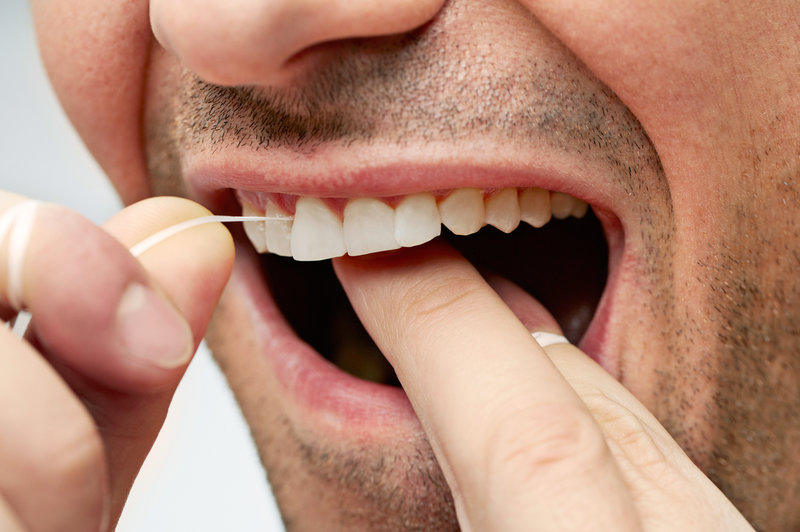When it comes to dental health, there are two kinds of people in this world: those who floss, and those who don’t.
After you eat, tiny pieces of food are left everywhere in your mouth. Even though your saliva does a good job of rinsing a lot of food debris away, some leftovers stay stuck on your teeth and gums and must be brushed and flossed to get rid of it.
You do have tons of natural bacteria in your mouth that help break down food buildup, but the bacteria leave behind a sticky film on your teeth called plaque that needs to be removed.
It is advised that everyone (even young kids) should brush for two minutes, twice a day, and floss once a day to remove food build-up and plaque from the places that are hard to reach with a toothbrush.
If you fail to do so, food build-up and plaque can quickly turn into bigger problems that cause tooth decay, gum disease, and inflammation in your mouth.
However, as much as many are well aware of this. some still find flossing a big deal. If you are among the people who don’t like the traditional method of flossing, there are alternatives:
Oral Irrigators. A study of these devices found they can reduce short term symptoms of the gum disease gingivitis.
Toothpicks. Wooden “cleaning sticks” are said to prevent gingivitis, while synthetic ones help remove plaque.
Interdental brushes. These little brushes can be easier to manipulate than floss.
Tape floss. While still technically flossing, tape floss can cause less discomfort than regular fibre-woven floss.
Floss picks. A study from 2007 found that these little tools can be “at least as good as” using regular dental floss.
The medical information provided in this article is provided as an information resource only. This information does not create any patient-physician relationship and should not be used as a substitute for professional diagnosis and treatment.
Source: Guardian Newspaper




